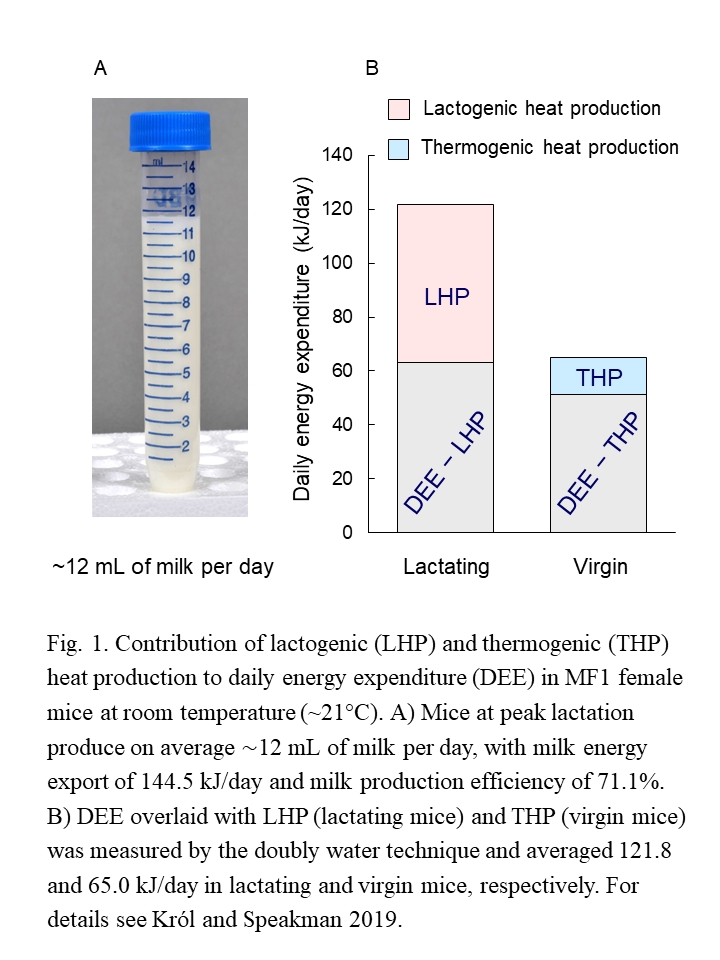Rising ambient temperatures have reinvigorated interest in thermal physiology and limits to energy expenditure in endotherms, including humans. There is growing evidence that maximal rates at which animals can acquire and expend energy may frequently be limited intrinsically by an individual’s physiology rather than extrinsically by food supply. The nature of these limits is central to understanding many aspects of animal performance, including reproductive output, foraging behavior and thermoregulatory capabilities, which then shape species distribution patterns, population dynamics and ecosystem processes. It has been debated whether intrinsic constraints act “centrally” (capacity of alimentary tract to process the ingested food), “peripherally” (capacity of peripheral organs to perform work) or through a “heat dissipation limit” (HDL), that is capacity to get rid of excess body heat and avoid hyperthermia. Attempts to distinguish between these three ideas have focused on lactation in small mammals. By monitoring food intake, litter growth and milk production in laboratory mice, we demonstrated that animals with experimentally enhanced capacity to dissipate body heat (via exposure to low ambient temperatures or fur removal) ate more food, produced more milk and weaned heavier litters than mice lactating at high ambient temperatures (Król and Speakman 2003) or those with intact fur (Król et al. 2007). At room temperature (~21°C), the amount of lactogenic heat generated as a by-product of synthesizing ~12 mL milk per day, doubles the daily energy expenditure of lactating mice compared with virgin females, and eliminates their need for thermoregulatory heat production (Fig. 1). On average, the activity of brown adipose tissue during lactation is downregulated by ∼50% when compared with females outside reproduction (Król and Speakman 2019). Both empirical evidence and theoretical considerations have led us to postulate that endotherms are limited in their performance by the capacity to dissipate body heat (Speakman and Król 2010, 2011). The HDL theory provides a comprehensive framework to study interplay between physiology, behaviour and the environment in endothermic animals, emphasizing the importance of thermal constraints on animal performance as the climate continues to warm.
Future Physiology 2020 (Virutal) (2020) Proc Physiol Soc 46, SA02
Research Symposium: Heat dissipation limit theory: origin and application
Elżbieta Król1, John R. Speakman1, 2, 3
1 Institute of Biological and Environmental Sciences, Integrative and Environmental Physiology, University of Aberdeen, Aberdeen, United Kingdom 2 State Key Laboratory of Molecular Developmental Biology, Institute of Genetics and Developmental Biology, Chinese Academy of Sciences, Beijing, China 3 CAS Center of Excellence in Animal Evolution and Genetics, Kunming, China
View other abstracts by:
Where applicable, experiments conform with Society ethical requirements.

